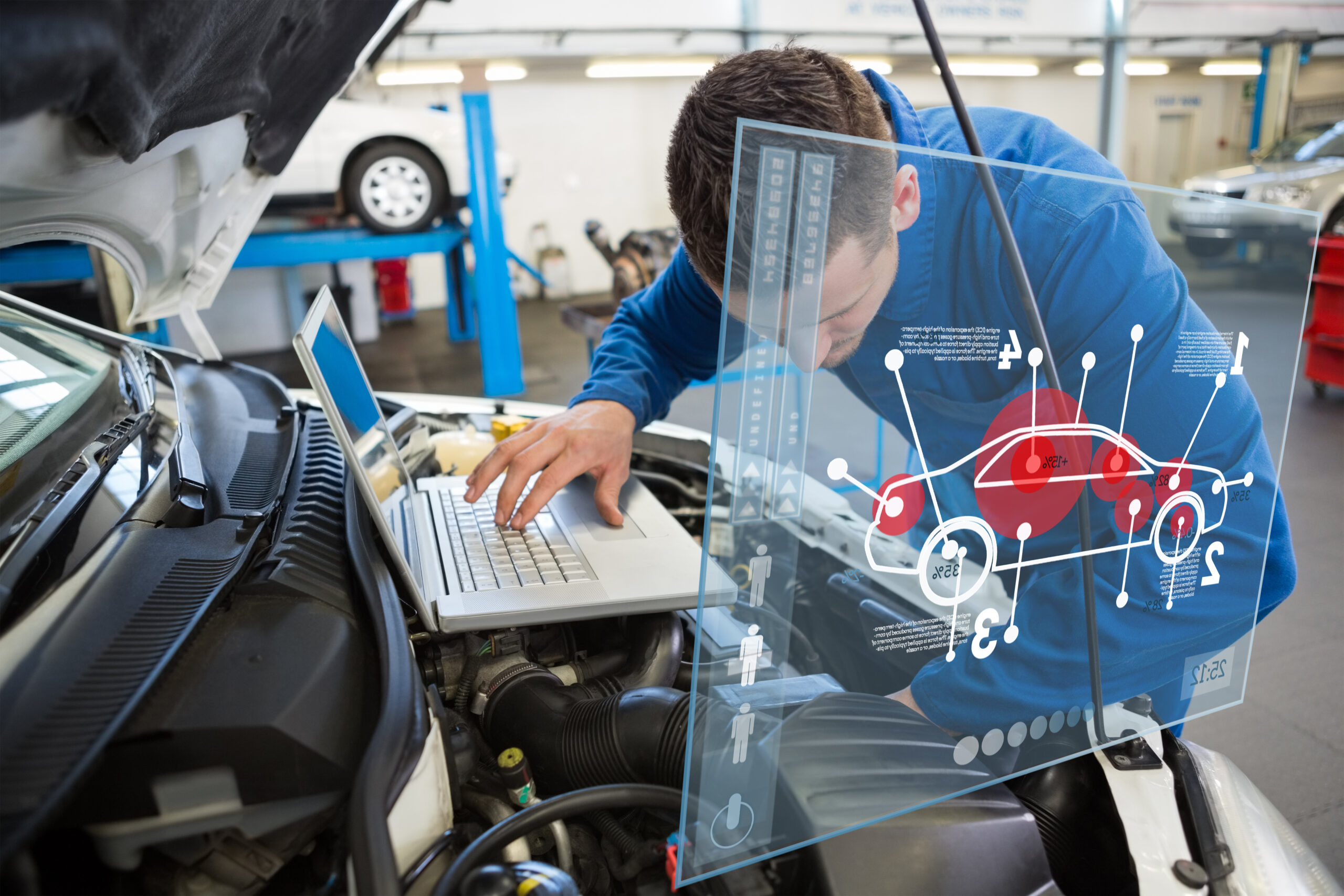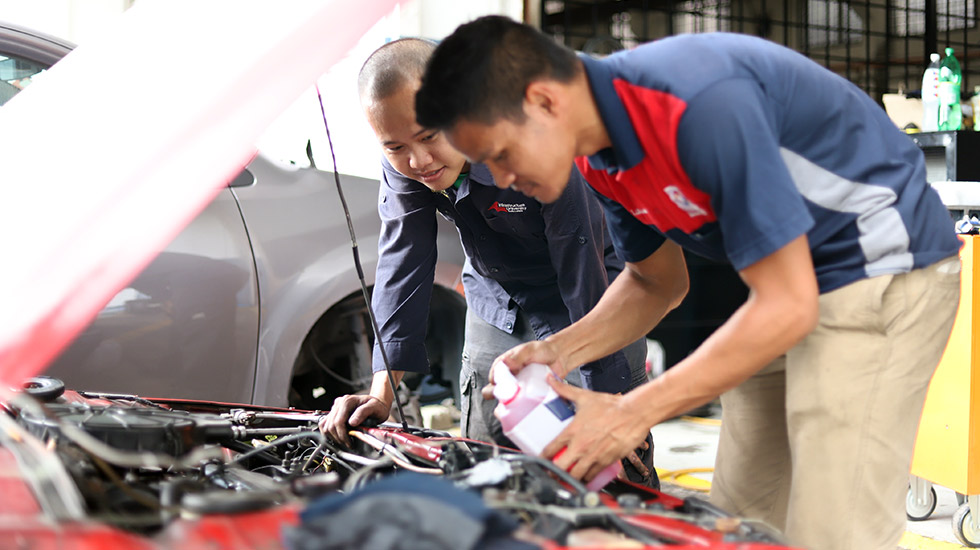Roof Top Or Rear Mount Carriers – The Pros and Cons

When carrying your gear, there are two main types of carriers that attach to your vehicle, roof or rear mounted. As a smart consumer there are important factors to consider: usage, convenience and cost. Here is a real world comparison of these types of cargo carrier.
Roof mounted carriers simply carry your gear on top of your vehicle. This may seem like a good idea but customer research shows otherwise. We have market data and a real world comparison, based on customer data and actual cost.
Roof Mount Carriers
Loading: Putting gear on your roof is a pain in the back, requiring installing the box or bag onto the roof, climbing up with a ladder or lifting your gear up onto the roof.
Comfort: Roof bags have straps that beat the vehicle finish and make significant wind noise. On a 500+ mile trip the constant howling and rattling is annoying.
M.P.G.: roof mounting creates significant drag, which robs gas mileage. Consumer reports, Edmunds and customers have reported an average 20% reduction in mileage. One customer reported a 30% mileage drop!
Safety: attaching anything to the roof raises the vehicle center of gravity and may increase the risk of rollovers.
Convenience: Roof mounts are a pain to install and load. They hard shell boxes a large and bulky to store, taking up valuable storage space.
Cost: Complete roof box and rail systems can cost a bundle and will always rob gas mileage.
Rear Mount Carriers
If you are thinking there has to be a better way, there now is. Here is how a rear mounted cargo carrier stacks up.
Loading: Rear mount carriers load on the ground, there is no lifting above your head and climbing on the roof. They easily attach to the lift gate or trunk of your vehicle. With out expensive racks, lifters or rails.
M.P.G.: rear mounting virtually eliminates wind drag, maintaining high gas mileage.
Safety: they mount low and securely to the vehicle.
Comfort: Because they out of the wind stream, you will barely notice it once installed. There is no wind noise, vibration or straps beating your finish.
Convenience: Rear mounts are easy to install, load and fold up small. They can be stored in the car.
Cost: Rear mounts are a fraction of the cost, without loss of mileage.
Here is a real world comparison.
Roof top carrier for a Toyota Matrix
Carrier Cost = $665 (complete European system: rails, lifters, and carrier) M.P.G. = 20% M.P.G. loss. Cumbersome to install, load and bulky to store.
Rear Mounted Carrier for Toyota Matrix
Carrier Cost = $209 M.P.G. = No M.P.G. impact Easy to load, install and folds flat for easy storage.
Rear mounted carriers cost less, do more and save fuel on every trip. They are a more efficient and practical way to carry your gear. As a smart consumer do the research and compare. Roof top carriers have serious issues and can be very expensive. Rear Mounted carriers are easier to load, install and use. They do not rob gas mileage and can cost one third of a roof mount system.






